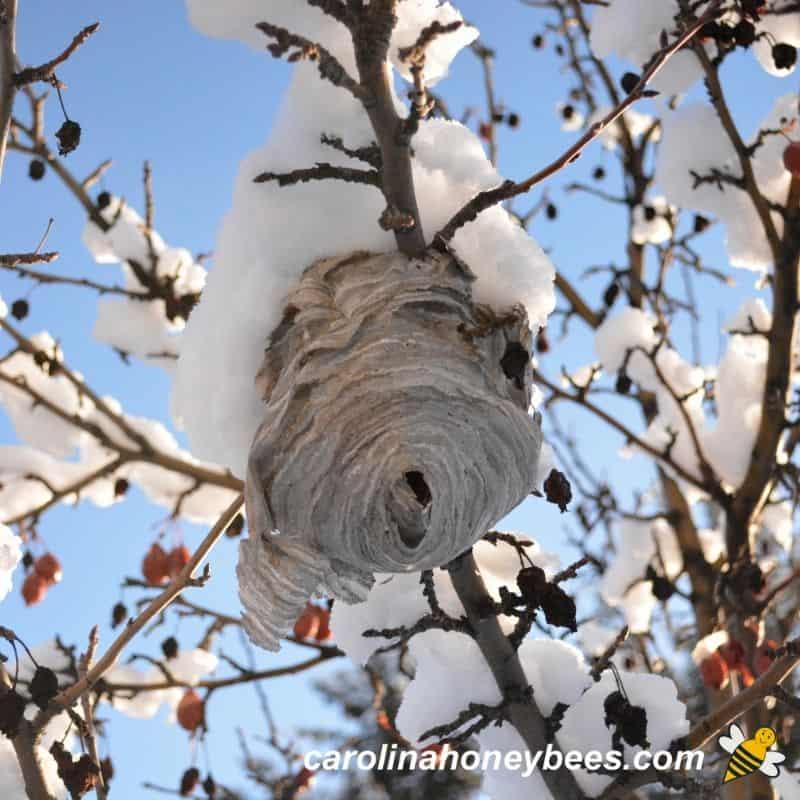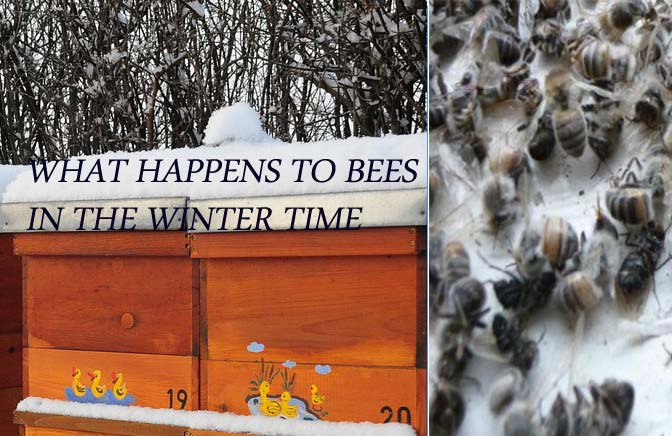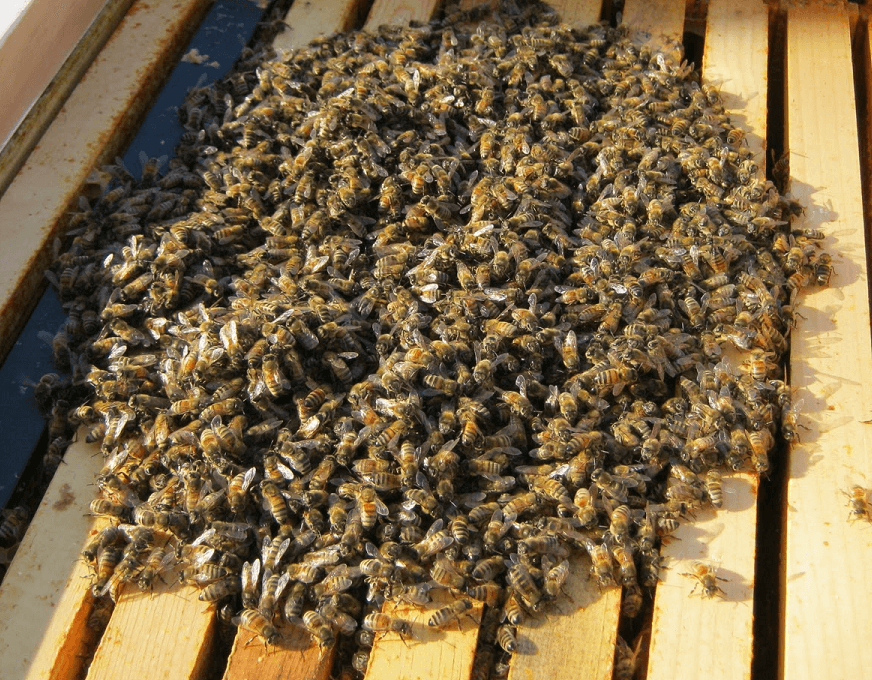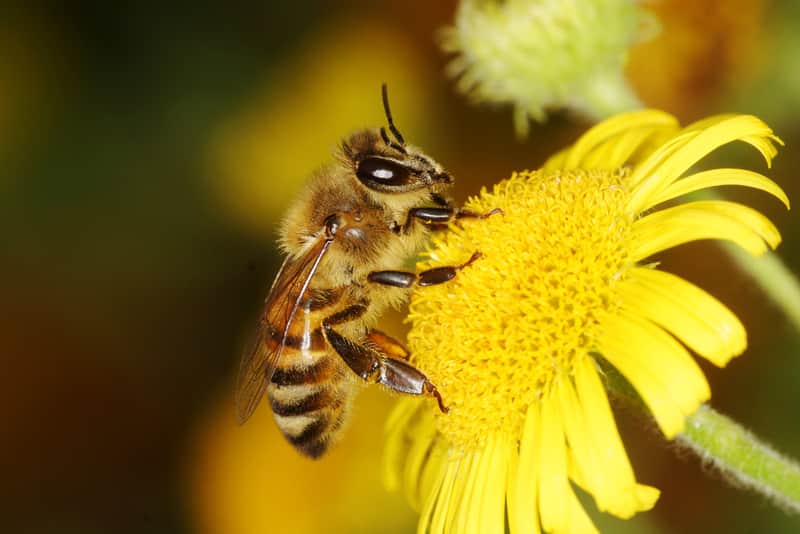
During the colder months, beekeepers often find themselves wondering about the best ways to ensure the survival of their beloved bees. As temperatures drop and resources become scarce, it becomes crucial to provide our buzzing friends with the necessary support. From insulating the hive to ensuring a healthy food supply, there are various steps you can take to help your bees thrive during the winter season. In this article, we will explore some simple yet effective techniques that will give your bees the best chance at surviving the winter months.
1. Provide Adequate Food Stores
1.1. Assess Food Stores
One of the most important steps in helping your bees survive the winter is ensuring they have enough food stores. Before the winter season hits, it’s crucial to assess the honey and pollen reserves in the hive. A strong colony typically requires around 30-40 pounds of honey to make it through the winter. By checking the frames and observing the bees’ activity, you can get an idea of whether they have enough food or if supplementation is necessary.
1.2. Supplement with Sugar Syrup
If you find that the bees’ food stores are not sufficient, supplementing their diet with sugar syrup can be a great solution. Sugar syrup serves as an artificial nectar replacement for the bees to feed on during the colder months when natural forage is scarce. To make sugar syrup, mix one part white granulated sugar with one part water and heat until the sugar dissolves. Allow it to cool before placing it in a feeder inside the hive. This supplemental feeding can help provide the bees with the energy they need to survive until spring.
1.3. Feed Fondant or Candy
Another option for providing additional food stores is to feed the bees fondant or candy. These solid sugar options are easy for the bees to consume and can be placed directly on top of the frames in the hive. Fondant and candy act as a slow-release food source, ensuring that the bees have access to nourishment over an extended period. However, it’s essential to monitor the consumption and replenish the fondant or candy if necessary throughout the winter months.
2. Ensure Sufficient Ventilation
2.1. Assess Hive Ventilation
Proper ventilation is crucial for maintaining a healthy and comfortable environment inside the hive during the winter. Bees generate heat by clustering together, and excess moisture and carbon dioxide can build up if the hive is not adequately ventilated. To assess hive ventilation, observe the behavior of the bees at the entrance. If there is an accumulation of dead bees or signs of condensation, it indicates a ventilation issue.
2.2. Use Screened Bottom Boards
One way to improve hive ventilation is by using screened bottom boards. These boards have a mesh bottom that allows for improved airflow in and out of the hive. The mesh also helps to control mites and pests that might try to invade. By providing a healthier environment with better ventilation, the bees will have a higher chance of survival during the winter months.
2.3. Add Ventilation Holes
In addition to using screened bottom boards, you can also add ventilation holes to the hive to enhance airflow. These holes can be placed on the sides or top of the hive, allowing the stale air to escape and fresh air to enter. However, it’s essential to ensure that the holes are not too large, as this can lead to drafts that may harm the bees. Properly sized ventilation holes will help maintain a stable and comfortable temperature inside the hive.

3. Insulate the Hive
3.1. Assess Hive Insulation
Insulating the hive is essential for protecting the bees from extreme temperature changes during the winter. Assessing the insulation of the hive involves checking for any gaps or drafts that could let cold air in or warm air out. It’s important to remember that while bees can withstand cold temperatures, rapid temperature fluctuations can be detrimental to their survival.
3.2. Use Insulating Materials
To improve insulation, you can use various materials such as polystyrene or foam insulation boards to line the inner walls of the hive. These materials provide an additional layer of protection against the cold. Another option is to use straw or wood shavings as insulation around the outside of the hive. These materials help retain heat and prevent drafts from entering the hive.
3.3. Wrap the Hive
Wrapping the hive with insulating material is another effective method to keep the bees warm during the winter. This can be done by using a specialized hive wrap or even blankets. The wrap should be placed snugly around the hive, covering the entire structure. It’s important to leave the entrance clear to ensure the bees can easily access the outside. The wrap acts as an extra barrier, minimizing heat loss and protecting the bees from frigid temperatures.
4. Protect from Extreme Temperatures
4.1. Move Hive to a Sheltered Location
If possible, consider moving the hive to a sheltered location before winter arrives. This can help protect the bees from harsh winds and extreme temperature fluctuations. Look for a spot in your garden or apiary that provides some natural windbreak, such as a fence or dense vegetation. Be sure that the new location still offers enough sunlight and is easily accessible for you to monitor and provide care for the bees.
4.2. Use Windbreaks
If moving the hive is not an option, you can create artificial windbreaks around the hive to shield it from strong winds. Windbreaks can be constructed using materials such as wood, hay bales, or even snow fencing. When setting up the windbreak, it’s important to consider the direction of prevailing winds and position the barrier accordingly to provide maximum protection.
4.3. Install Hive Warmers
In extremely cold climates, using hive warmers can be beneficial in maintaining a suitable temperature inside the hive. Hive warmers are electric heating systems that can be placed underneath the hive to provide a consistent and controlled heat source. These devices are particularly helpful during prolonged periods of frigid temperatures when the bees’ heat production may not be enough to keep the hive warm.

5. Manage Varroa Mite Infestations
5.1. Monitor Mite Levels
Varroa mites are a common parasite that can weaken bee colonies and increase their susceptibility to winter losses. Regular monitoring of mite levels is crucial to ensure their population doesn’t become too high. Performing mite counts using sticky boards or alcohol washes can give you an idea of the infestation levels in the hive.
5.2. Treat for Varroa Mites
If mite levels are found to be high, it’s essential to treat the bees for varroa mites. There are several treatment methods available, including using organic acids, essential oils, or synthetic chemical treatments. Consult with a beekeeping expert or veterinarian to determine the most suitable treatment option based on your specific circumstances and local regulations.
5.3. Apply Oxalic Acid Vaporization
Oxalic acid vaporization is another effective treatment method to control varroa mite infestations. This treatment involves vaporizing oxalic acid crystals, which are lethal to the mites but harmless to the bees when used correctly. Follow the manufacturer’s instructions carefully to ensure the safety of both yourself and the bees. Applying this treatment during late fall or early winter helps reduce mite populations before the bees enter winter broodlessness.
6. Reduce Disturbances
6.1. Limit Hive Inspections
During the winter, it’s essential to minimize unnecessary disturbance to the bees. Limit hive inspections to only when necessary, such as when checking food stores or addressing specific issues. Each time you open the hive, you risk letting out valuable heat and disturbing the bees’ cluster, resulting in unnecessary energy expenditure.
6.2. Avoid Excessive Hive Manipulation
Along with limiting hive inspections, avoid any unnecessary manipulation of the hive during the winter months. This includes refraining from adding or removing frames, unless it is an emergency. The bees have already set up their winter cluster, and disturbing this arrangement could be detrimental to their survival.
6.3. Minimize Noise and Vibrations
bees are sensitive to noise and vibrations, which can cause them stress and disrupt their normal behavior. It’s important to be mindful of this when around the hive during the winter. Avoid loud noises and vibrations that could startle the bees and cause them to react defensively. Additionally, minimize nearby activities that may disturb the hive, such as using power tools or loud machinery.

7. Provide Emergency Feeding
7.1. Check Food Stores Regularly
Throughout the winter, it’s crucial to regularly check the bees’ food stores to ensure they are still well-stocked. Bees consume more honey during colder periods to generate heat and survive. Keeping an eye on their food consumption will help you identify if supplementation or emergency feeding is necessary.
7.2. Supplement with Emergency Feed
If the bees’ food stores are running low, providing emergency feed is essential to prevent starvation. Emergency feed can be made by mixing 2 parts sugar to 1 part warm water. Stir the mixture until the sugar dissolves completely, and allow it to cool before placing it in an insulated feeder inside the hive. Be cautious not to disturb the bees excessively while providing emergency feeding.
7.3. Use an Insulated Feeder
Using an insulated feeder can help regulate the temperature of the emergency feed and prevent it from freezing. Insulated feeders are designed to keep the syrup warmer for longer, ensuring the bees have access to it throughout the winter. Place the feeder close to the cluster for easy access by the bees without causing major disruption to their internal temperature regulation.
8. Maintain a Dry Environment
8.1. Assess Hive Moisture Levels
Excessive moisture inside the hive can be detrimental to the bees during the winter. Assessing hive moisture levels involves checking for condensation or dampness on the inner surfaces of the hive. Moisture can lead to mold growth and weaken the bees, making them more vulnerable to diseases and temperature fluctuations.
8.2. Ventilate Moisture-Prone Areas
To maintain a dry environment, it’s important to ventilate moisture-prone areas of the hive. Ensure that the hive has proper ventilation holes or screened bottom boards to allow excess moisture to escape. Additionally, removing any unused frames or excess honeycomb can help improve air circulation within the hive and reduce the accumulation of moisture.
8.3. Use Absorbent Materials
To further combat excess moisture, you can place absorbent materials, such as wood shavings or desiccant packs, at the top of the hive. These materials will help absorb any moisture or condensation that may accumulate, keeping the hive drier and reducing the risk of mold or mildew growth.

9. Protect from Pests and Predators
9.1. Control Hive Beetles
Hive beetles are common pests that can infest and damage bee colonies, especially during the winter when the bees are less active. To protect your bees, it’s important to control hive beetle populations. Regularly monitor the hive for beetle activity, and if infestations are detected, take necessary measures to eliminate them. Methods such as beetle traps, diatomaceous earth, or oil traps can be used to manage hive beetles effectively.
9.2. Protect from Rodent Intrusion
Rodents, such as mice and rats, can pose a threat to bee colonies, especially if they seek shelter inside the hive during the winter. To prevent rodent intrusion, ensure that all hive entrances are properly secured with entrance guards or mouse excluders. These physical barriers will prevent rodents from entering the hive while still allowing the bees to freely come and go.
9.3. Provide Hive Entrance Guards
Hive entrance guards are essential in keeping out unwanted intruders, including larger pests like skunks or raccoons. These guards can be in the form of metal screens or mouse excluders that fit over the hive entrance. Make sure the guards are properly installed and securely fastened to prevent any predators from tampering with the hive.
10. Monitor Colony Health
10.1. Observe Bee Activity and Behavior
Regularly observing bee activity and behavior is crucial for monitoring colony health throughout the winter. Pay attention to the number of bees flying in and out of the hive, the presence of dead bees, and any unusual actions or sounds. An active and vibrant colony indicates a healthy hive, while a decrease in activity or signs of distress may indicate a problem that needs to be addressed.
10.2. Check for Disease Symptoms
During the winter, it’s important to keep an eye out for any signs of diseases or infections in the colony. Look for symptoms such as deformed wings, unusual discoloration, or an unusual number of dead bees. If any disease symptoms are observed, consult a beekeeper or expert for proper diagnosis and guidance on treatment options.
10.3. Consult a Beekeeper or Expert
If you have any concerns or questions about your bees’ health and survival during the winter, it’s always best to consult a beekeeper or expert. They can provide valuable insights and guidance based on their experience and expertise. Don’t hesitate to reach out to them for advice or assistance in ensuring the well-being of your bees during the winter months.
By following these comprehensive steps and tips, you can significantly increase the chances of your bees surviving the winter. Remember, taking proactive measures to provide adequate food stores, sufficient ventilation, insulation, protection from extreme temperatures, managing mite infestations, reducing disturbances, emergency feeding, maintaining a dry environment, protecting from pests and predators, and monitoring colony health will go a long way in supporting your bees’ survival and thriving through the winter season.
